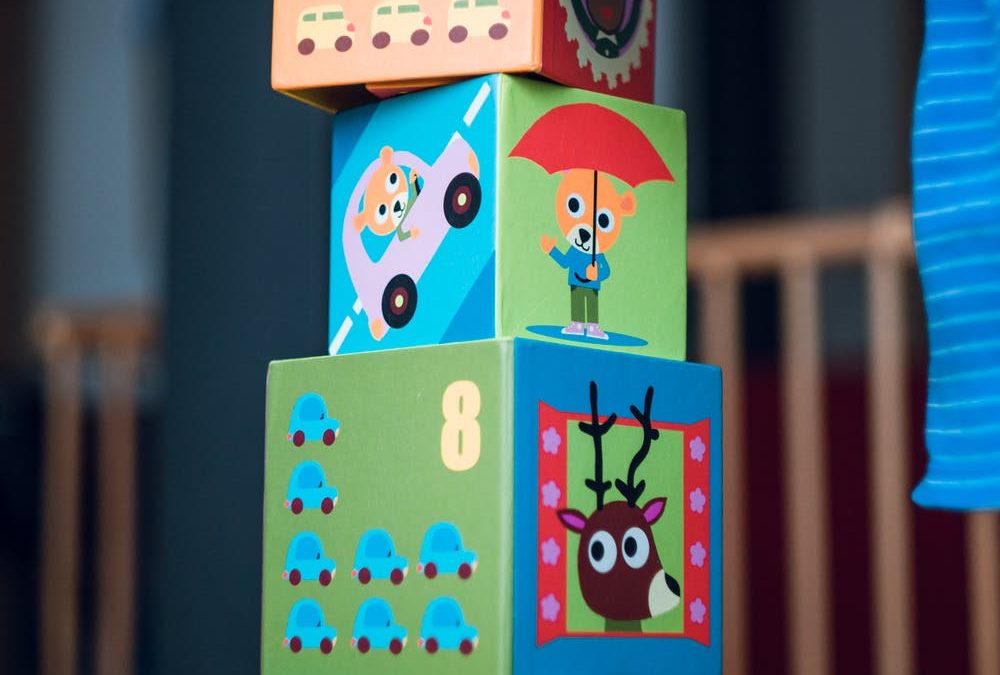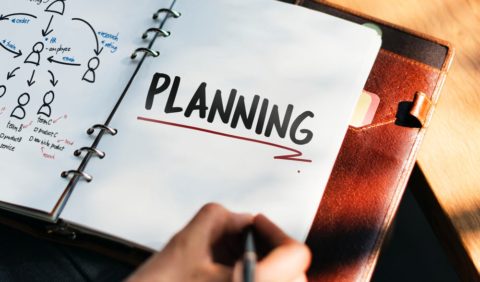Collaboration with children for effective programming

The planning and programming cycle can sometimes seem monotonous and overwhelming, but it doesn’t have to be.
One important element planning is the importance of collaboration with children during your planning.
When an educator collaborates with children it not only enables the children to have a voice and contribute to their learning environment it permits the educator to consider the value of collaboration on the learning and in doing so plan a range of strategies to enhance and scaffold the learning through utilising and exploring approaches to embed ideas into practice.
As we know high quality programs have a combination of collaboration with children, families, educators and the community within the planning and implementing which fosters meaningful learning experiences.
When a child actively participates and contributes to the program, they will be more engaged in the experiences and the play will be as a direct response to their interests, needs, strengths and abilities. The experience will be more authentic.
What does collaborate with children mean?
Collaboration means consultation.
This should be done in a developmentally appropriate manner and in a way that is meaningful to the individual child. Providing children with the opportunity to express their views and interests is key for the child to actively participate in the planning of relevant experiences.
As is educator’s genuinely listening, lines of open communication and respect and providing the child with the opportunities to express themselves.
The EYLF refers to building and nurturing relationships and refers to pedagogy as the professional practice in which the curriculum decision making, teaching and learning takes place.
A child is actively able to construct to their own learning as well as contribute to others learning. A child can recognize their agency, they are able to understand their capacity to initiate and lead their learning and actively participate in decisions.
What does this look like in practice?
Reflecting on current practices and placing an emphasis on respecting, recognising and collaborating with the child enables a responsive curriculum.
There is no prescriptive document or template for the way this will look as each service and educator is individual. The development of the curriculum will support the collaboration and be flexible in implementation.
By regarding the child as a capable learner an educator will be able to capture through observations, interactions, being open to spontaneous experiences and consultation utilise the emerging skills and knowledge of the child and provide opportunities to promote their learning. When an educator views a child as active participants then it paves the ways for educators to rethink and reflect on what children can do and learn which expands possibilities and opportunities.
Actively engaging with children provides the facilitation for the child in making choices and decisions about the experiences, routines and the physical environment. This needs to be factored in for a child to have as many real opportunities to make choices.
By providing an environment that is rich, responsive, flexible and inviting promotes participation and engagement within in it. An environment should have an emphasis on the child, the family, the community and promote investigation, exploration, creativity and learning.
Real connections with a child’s everyday lives enables a more engaged and valued approach and facilitates better educational outcomes.
How is this embedded into practice?
Strategies for working with children collaboratively taking into consideration:
- Children’s interests
- Being sensitive to verbal and non-verbal cues
- Factoring in the physical environment
- Educators interests
- Needs, strengths and abilities
- Interactions and relationships
- Viewing children as partners
- Diversity and individuality honoured
- Resource materials
- Reflection
- Skills such as basic literacy and numeracy, social skills, personal relationships, etc
- Preferences
- Knowledge such as information, concepts, etc
- Encouraging the child to take initiative and responsibility
- Provide opportunities for children to investigate, create, reflect on and share ideas and interests
- Have collaborative conversations
- Have open communication with children, families, educators
- Encourage feedback to include voices of the children and families in the processes of documentation and decision making
- Provide experiences, projects, learning centres that involve in-depth investigations which promote children’s questions and ideas and provide and promote links to families and the community
- Allow the time, and a range of resources for children to pursue their interests and engage within the environment
- Documentation of the learning that celebrates competencies with a focus on the children engaging and provide opportunities for reflecting in order to plan further extensions.
Ways educators can work collaboratively with children
- Initiate projects that stimulate children’s interests
- Invite children into ways to make routines more effective
- Encourage children to be more responsible for their learning
- Role model
- Involve children in determining limits and boundaries
- Invite children to choose materials and equipment
- Have a sharing circle for children to voice their ideas and concerns
- Conduct group meetings to discuss issues that directly impact the children and families
- Allow children to make choices about how long they interact and for how long
- Use informal routines to respond to children’s needs and cues
- Create opportunities for small group interactions
- Encourage children to create their own play spaces
- Provide flexible, open ended play experiences
- Involve children in problem solving within the routine and/or program
- Introduce new ideas and concepts to extend on children’s interests and abilities
- Involve children in designing and setting up the environment
When educators consult and collaborate with children; when they promote the sharing of information and listen to the cues and perspectives of others it develops strong long-lasting relationships which influence and foster a child’s sense of belonging and a sense of self.
The curriculum should not be seen in what the child requires for the next phase but rather what is meaningful at the time.






